more information about usa hiking vacations
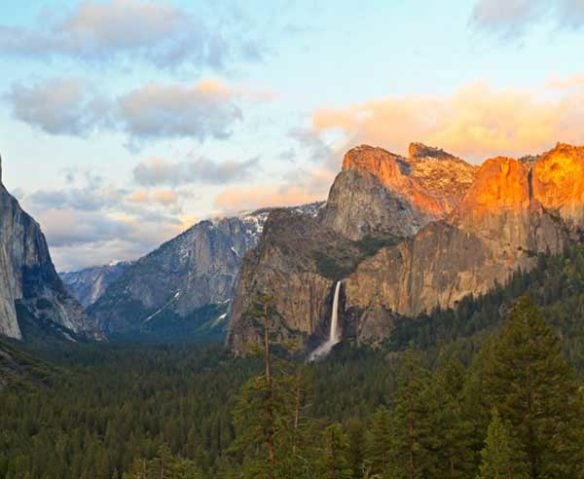
what is a hiking vacation
A hiking vacation or multi-day hiking tour can naturally take many different forms, but for most travelers it’s a trip to a new or return destination to hike, explore, learn and discover. Some of the most popular destinations in the U.S.A. for a hiking vacation are:
- Desert Southwest: Grand Canyon, Southern Utah, Sedona, Death Valley, Joshua Tree, Capitol Reef, Paria Canyon, and more
- Sierra Nevadas Mountains: Yosemite, Eastern Sierras, Sequoia-Kings Canyon and more
- Pacific Northwest: Mountain Rainier, Olympic National Park, North Cascades National Park and more
- Rocky Mountains: Yellowstone, Rocky Mountain National Park, Glacier National Park and more
- Appalachia: Great Smoky Mountains National Park, Blue Ridge Mountains and more
camp or accommodations?
Many travelers choose to camp on hiking vacations in the U.S., but staying in accommodations can also be a great option, without necessarily detracting from the level of adventure of a multi-day hiking tour. Accommodations in the U.S. normally are hotels and lodges, with an outside of chance of finding yurt accommodations (semi-permanent, framed, soft-sided structures).
BACKPACKING OR TREKKING?
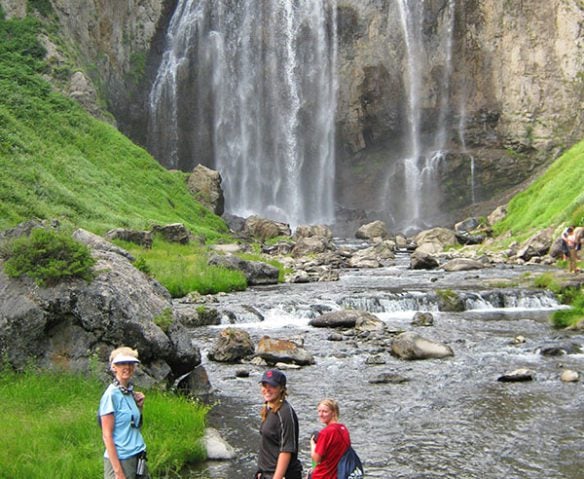 Backpacking is a truly spectacular way to make the most of a vacation. It allows people to unplug completely from all the devices that surround them in normal life, and to immerse themselves in pristine, natural landscapes. It allows a deep journey into the wilderness of some of America’s most stunning natural areas like those listed above. However, a backpacking trip is not the only way to enjoy a hiking vacation, and in fact for some people it’s not the right hiking tour to choose. There are also trips that can be portered or the supplies carried by stock (horses, donkeys, mules or llamas), camping-based trips that are vehicle-accessible, and hotel-based or lodge-based trips. The latter options allow fantastic day hiking opportunities which can offer an incredible level of diversity to the hiking experiences that a backpacking trip may not allow.
Backpacking is a truly spectacular way to make the most of a vacation. It allows people to unplug completely from all the devices that surround them in normal life, and to immerse themselves in pristine, natural landscapes. It allows a deep journey into the wilderness of some of America’s most stunning natural areas like those listed above. However, a backpacking trip is not the only way to enjoy a hiking vacation, and in fact for some people it’s not the right hiking tour to choose. There are also trips that can be portered or the supplies carried by stock (horses, donkeys, mules or llamas), camping-based trips that are vehicle-accessible, and hotel-based or lodge-based trips. The latter options allow fantastic day hiking opportunities which can offer an incredible level of diversity to the hiking experiences that a backpacking trip may not allow.
why a guided hiking vacation with wildland trekking?
Joining a guided hiking trip will offer many benefits to the U.S.A. traveler:
- You can travel light and free, without having to burden yourself with gear and supplies.
- All the logistics are handled for you, which include permits, reservations, planning, packing, food purchasing, shuttles…etc.
- Learn from local experts – Wildland Trekking guides are very knowledgeable about the areas where we work. They can make an area come to life through stories, info tidbits, pointing out intimate details, orienting guests to the big picture of where we are hiking…etc. in ways that hiking on your own is very difficult to do.
- Hand-picked, world-class hiking itineraries – simply put, going with a company like Wildland Trekking will ensure you are investing your time and money on a trip worth doing. We only offer world-class itineraries.
- Emergency and evacuation systems are in place in case they are needed.
NATIONAL PARKS, STATE PARKS, UNITED STATES FOREST SERVICE AND BUREAU OF LAND MANAGEMENT
Generally speaking, your vaction will most likely be to one or more national parks, state parks, United States Forest Service (USFS) lands, or Bureau of Land Management (BLM) lands. Most visitors will head to national parks, but the other areas should not be overlooked. Some of the most amazing hiking vacations in the USA are on USFS and BLM lands. A basic breakdown of each, and their differences, is provided here:
- National Parks: these are the big name destinations like Grand Canyon National Park, Yosemite, Yellowstone, the Great Smoky Mountains…etc. They are highly regulated, amazingly well maintained wild refuges throughout the United States. Any overnight camping and backpacking will require permits; dogs are not allowed; and advanced planning is highly recommended.
- State Parks: these lands are often much smaller than the national parks (like less than 1% the size on average), but there are some wonderful state parks that offer fantastic trekking experiences. For example, the Northern California coast is mostly comprised of state parks that offer stunning views and excellent coastal hiking.
- USFS Lands: the Western USA is made up of millions of square miles of USFS lands, and they are some of the most breathtaking and expansive wilderness left in the USA and the world. These areas often do not require permits and are more lightly regulated than the national parks. Dogs are allowed on most USFS lands.
- BLM: these lands are sometimes amazing, sometimes not, sometimes pristine, sometimes riddled with roads, mines and/or other extractive industry activity like drilling. These lands are the least regulated and least visited, which means they can be home to some surprisingly amazing secret gem areas. Dogs are allowed.
walking in the desert
Many trekking vacations in the USA will be in the Southwestern part of the country, where desert ecosystems prevail. This region is home to the Mojave, Sonoran, Chihuahuan and Great Basin deserts. Characterized by low levels of precipitation, hot summer temperatures and mild winter temperatures, deserts can make for wonderful winter hiking vacations. They can also be great in the spring and fall. It’s recommended to avoid deserts in the summer months unless you’re well prepared for the high temperatures and dry conditions. Also, any time you’re walking in the desert (but especially if it’s in the summer), it’s imperative to be aware of common medical conditions such as heat stroke and hyponatremia, and how to avoid them.
walking in the mountains
The USA is home to a staggering number of different mountain ranges, from the Rocky Mountains to the Sierras, Appalachians, Cascades, Allegheny’s, Smokies, Asheville Area, White Mountains…etc. And within one major range, like the Rocky Muntains, there are subranges like the San Juans, Sangre de Christos, Missions, Crazies, Flat Tops, Wind Rivers…etc. And many of America’s most famous national parks are in the mountains, like Yellowstone, Yosemite, Mount Rainier, Rocky Mountain, Great Smoky Mountains and many others.
Generally speaking, walking in the mountains is best in the late spring, summer and fall months. Often the early spring is still quite snowy in the mountains, and snow begins to fall again usually in mid to late fall. The summer months are prime time for most mountain visits. Be aware of afternoon thunderstorms and not getting caught out in the open (such as above treeline) if thunderstorms roll in. And be prepared for sudden and extreme weather shifts – a day in the mountains can begin warm and clear and within a couple hours be dark, cold, windy and rainy.
walking on the coasts
Of course the coasts, both west and east, offer incredible trekking opportunities. With national parks like Olympic National Park and Acadia National Park in the east, hugging the coasts, there are fantastic on-foot adventures to be had. When hiking on the coasts, be aware of tides and slippery, treacherous sections of walking. Being caught in a tidal zone when the tide roles back in can be a mistake you’ll never have a chance of repeating, so plan ahead, talk to experts, or join guided hikes with expert trip leaders.
 Picture yourself hiking into the Grand Canyon’s cliff-rimmed depths. Or the towering, craggy peaks and geothermal wonders of Yellowstone, the Wind River Range, and the Tetons. Trek into the brilliant canyon country landscapes of Utah where arches, spires, hoodoos, spring-fed creeks, and canyons mark our way. Or the sheer glacial-cut domes, thundering waterfalls, and sparkling high country of Yosemite. Or the miracle of biodiversity that is the Great Smoky Mountains, where crystal clear creeks, deep forests, and huge Appalachian views fill us with awe. The list goes on… Our destinations cover the very best of all the USA has to offer eager travelers and hiking enthusiasts!
Picture yourself hiking into the Grand Canyon’s cliff-rimmed depths. Or the towering, craggy peaks and geothermal wonders of Yellowstone, the Wind River Range, and the Tetons. Trek into the brilliant canyon country landscapes of Utah where arches, spires, hoodoos, spring-fed creeks, and canyons mark our way. Or the sheer glacial-cut domes, thundering waterfalls, and sparkling high country of Yosemite. Or the miracle of biodiversity that is the Great Smoky Mountains, where crystal clear creeks, deep forests, and huge Appalachian views fill us with awe. The list goes on… Our destinations cover the very best of all the USA has to offer eager travelers and hiking enthusiasts!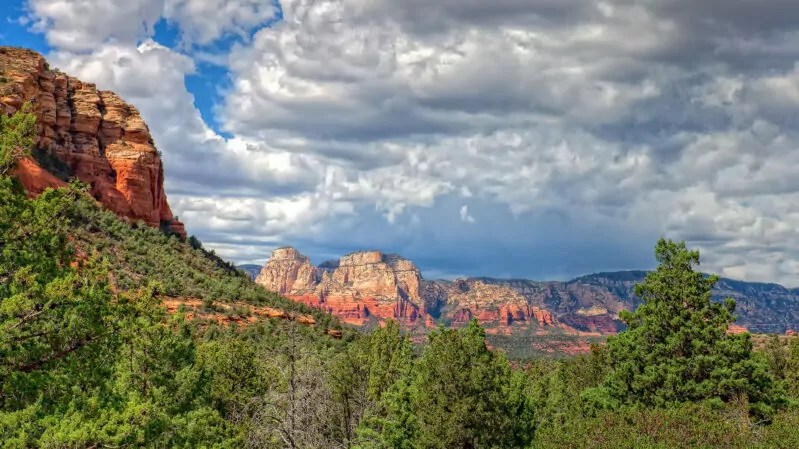
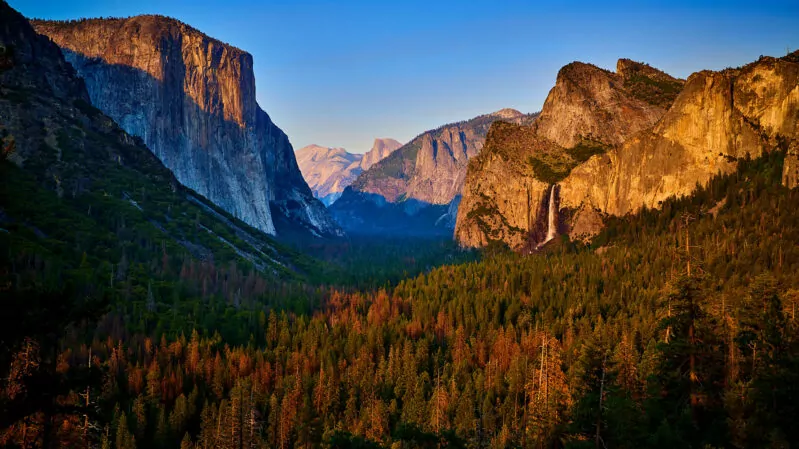
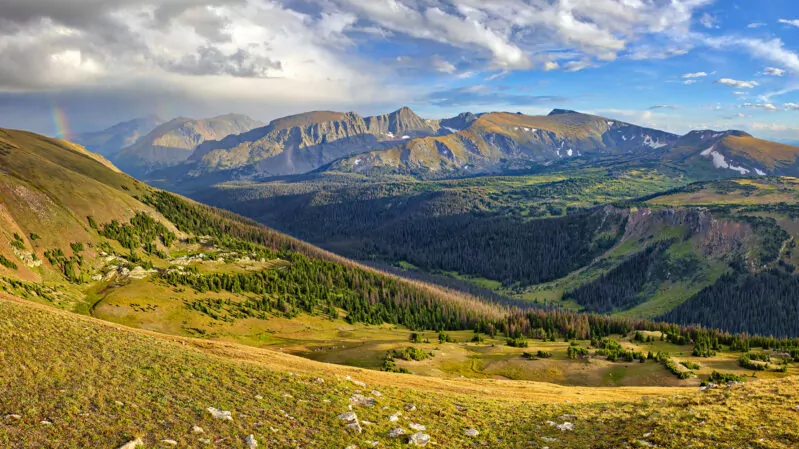
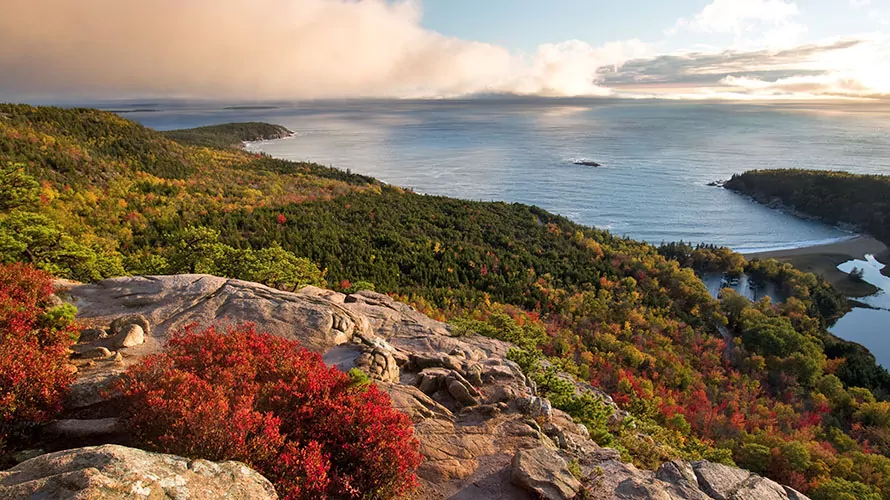
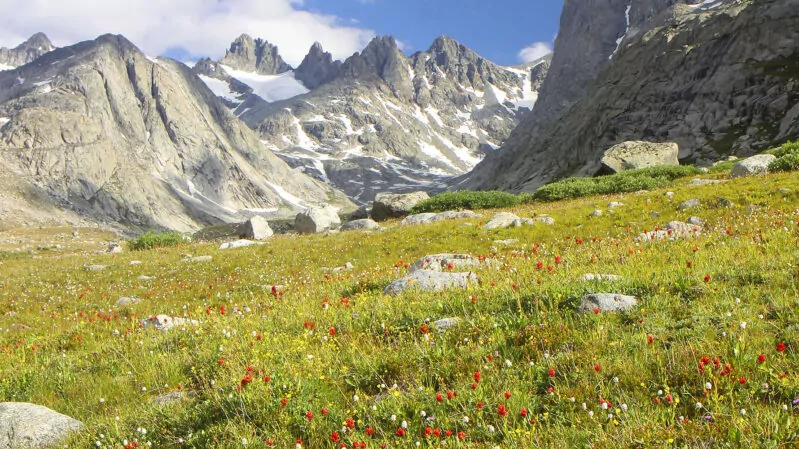
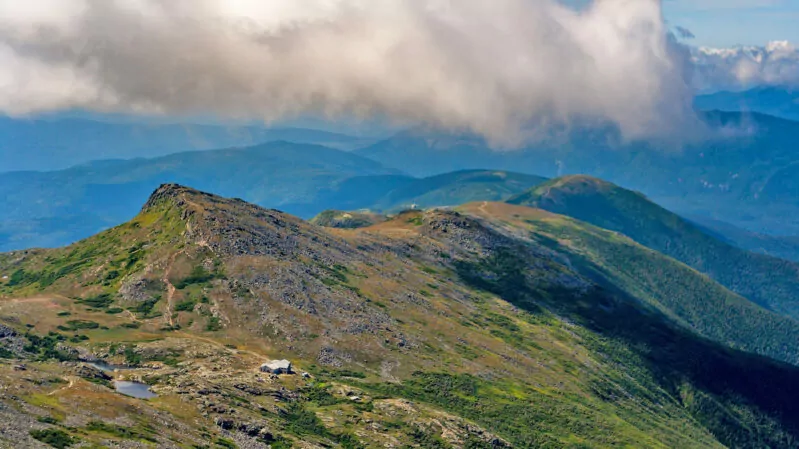
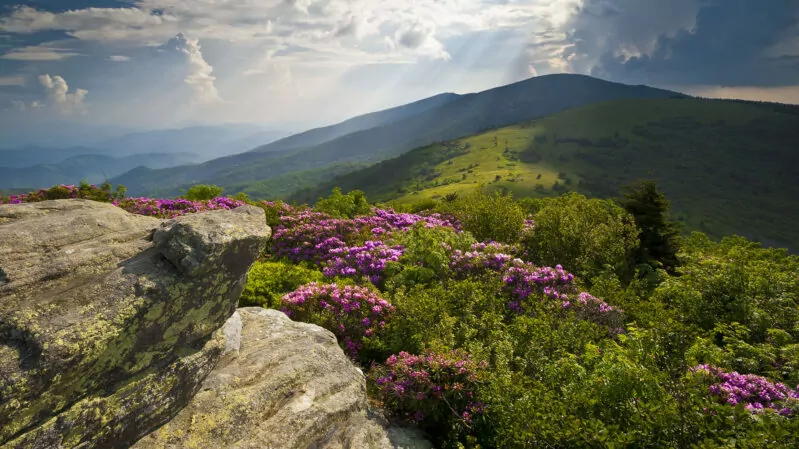
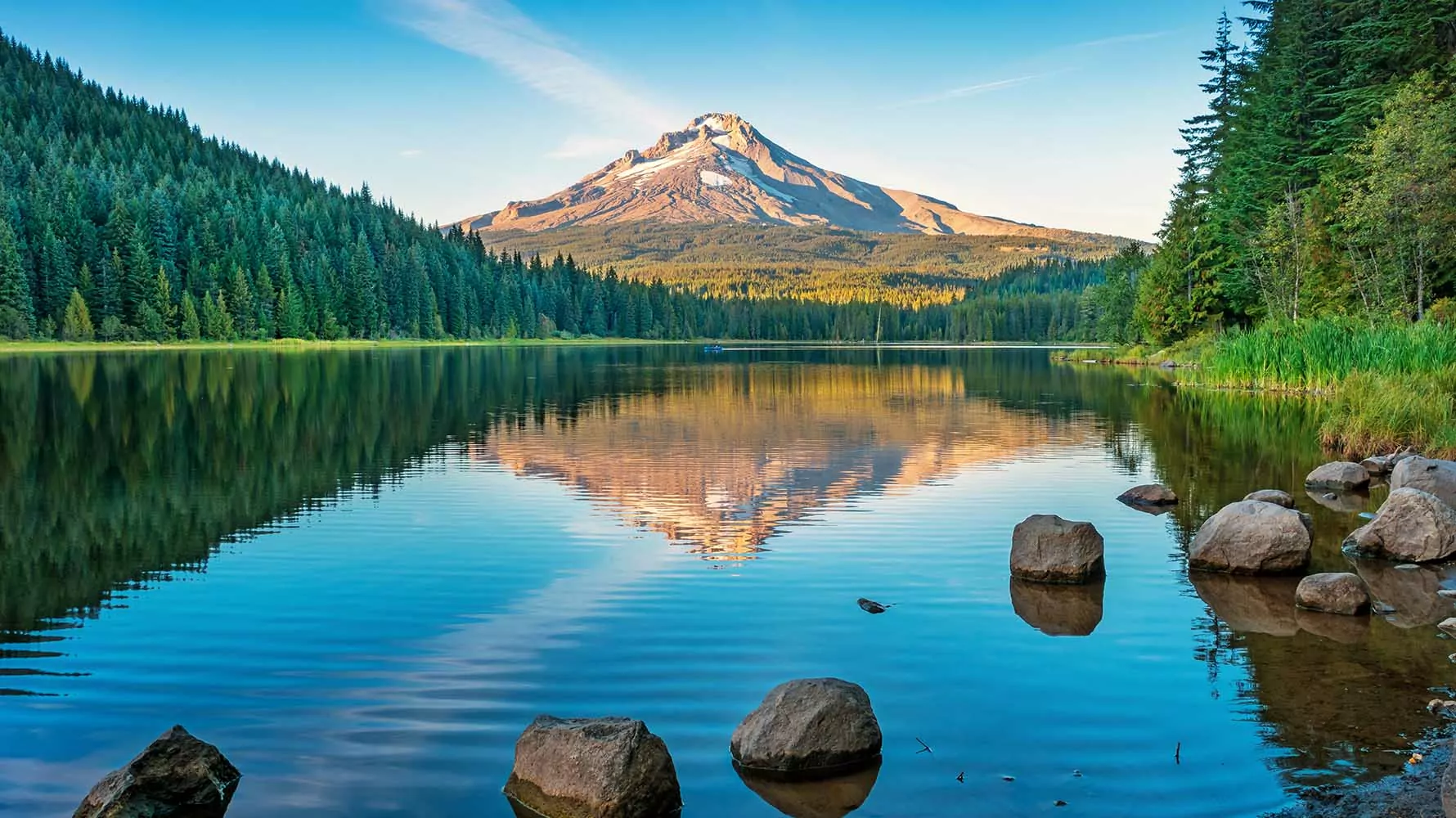
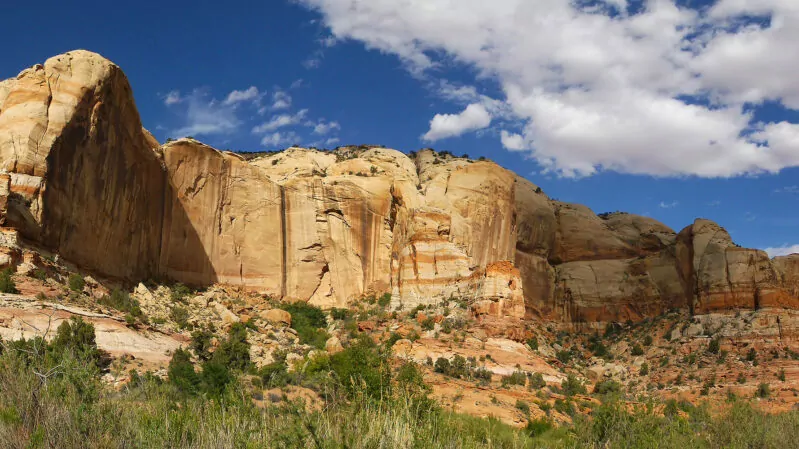
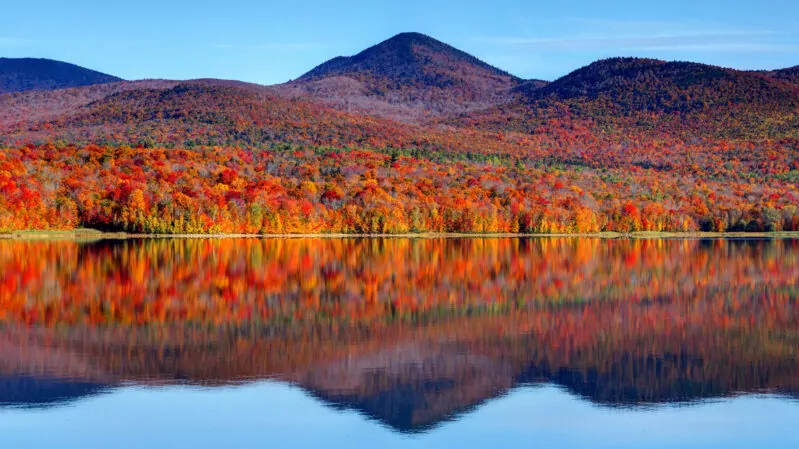
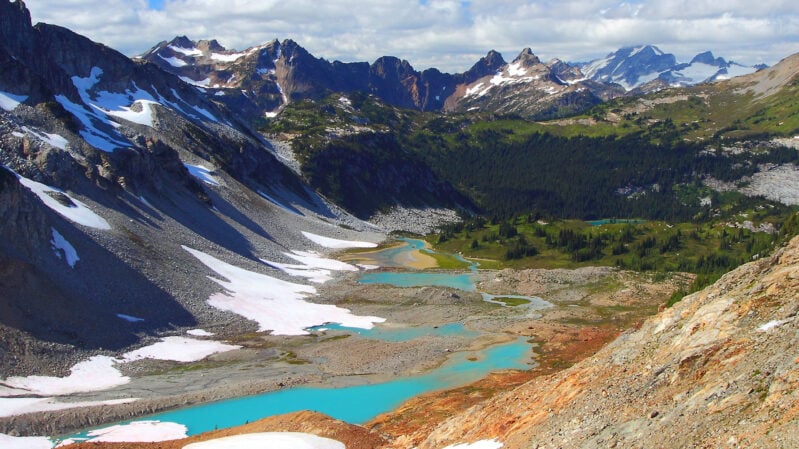





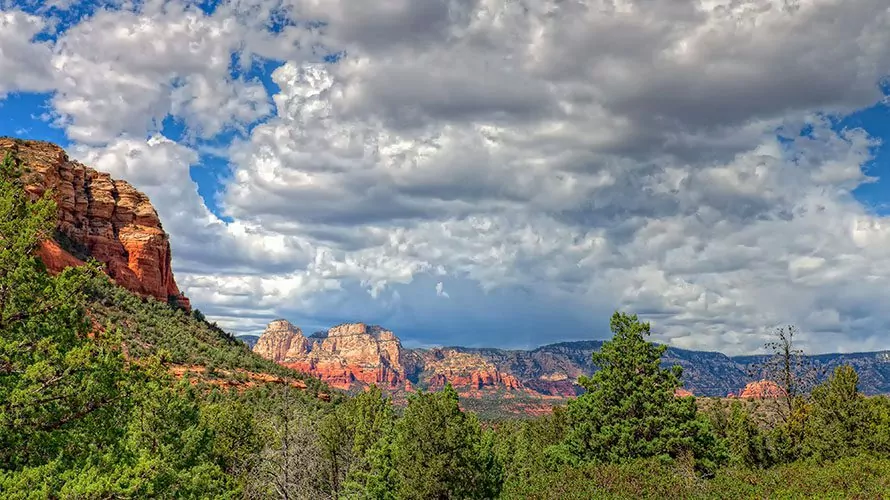
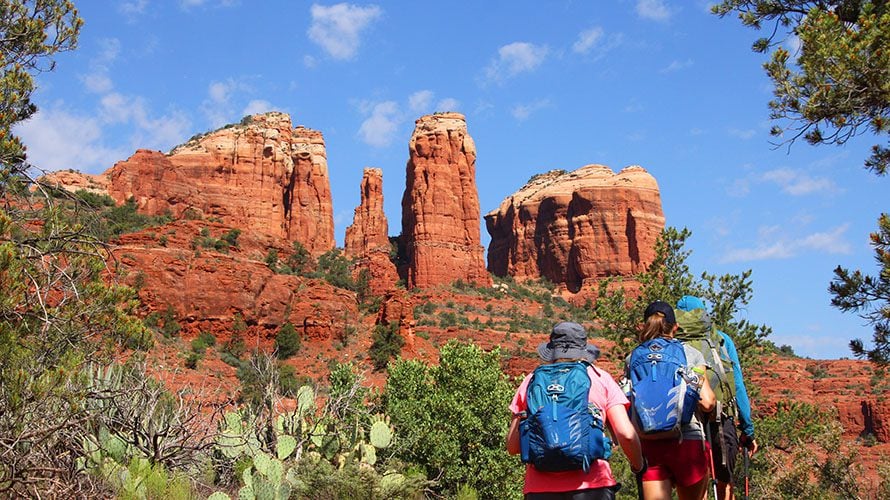
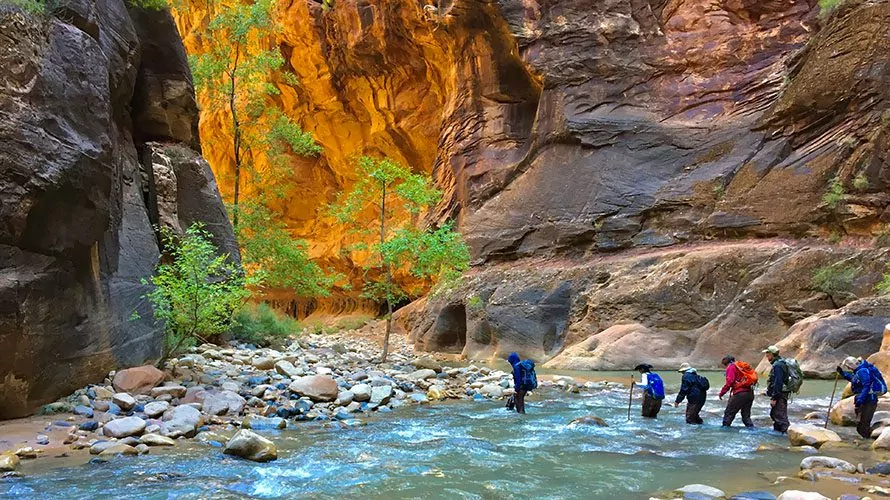
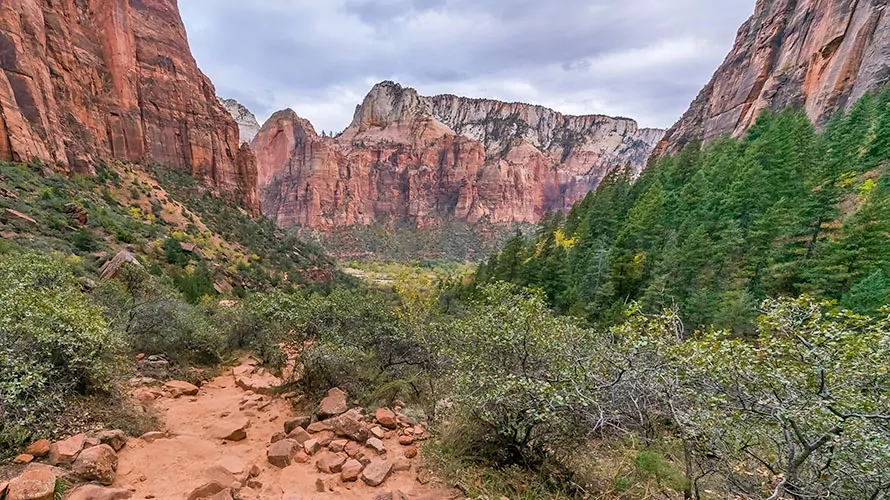
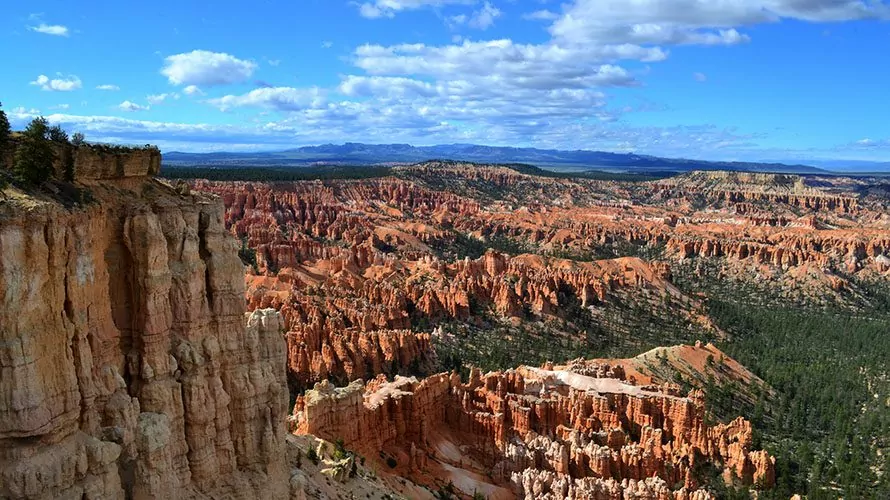
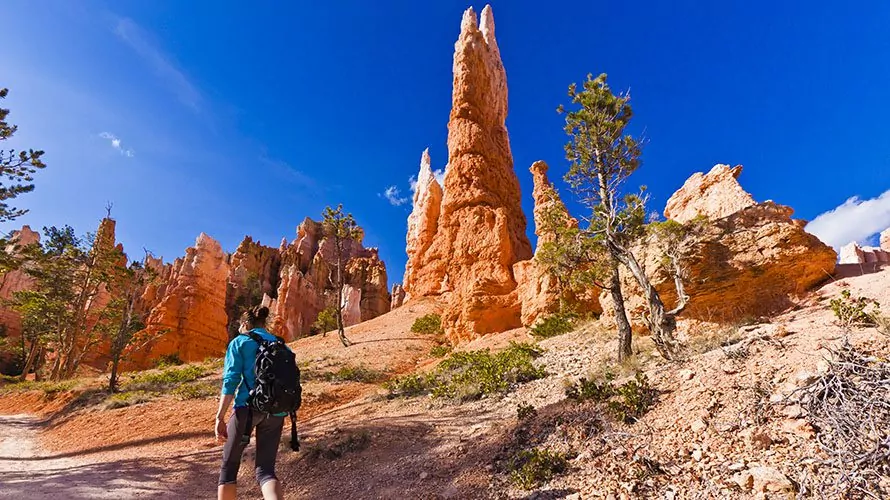
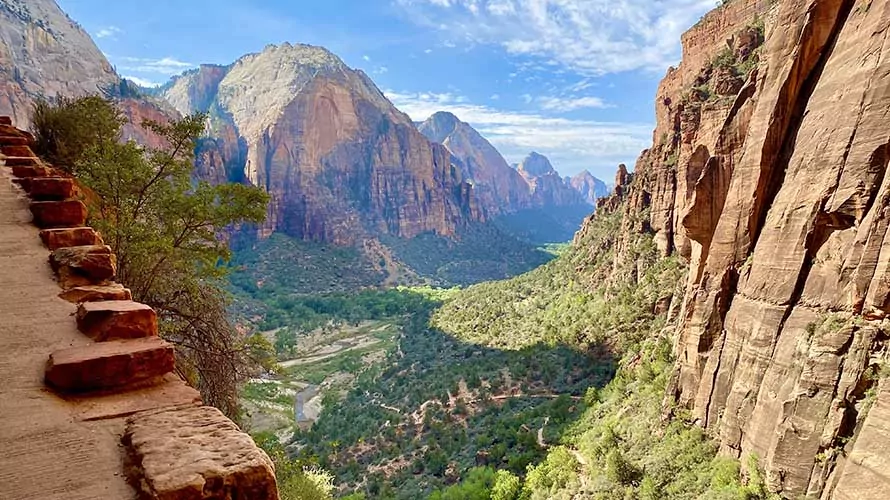
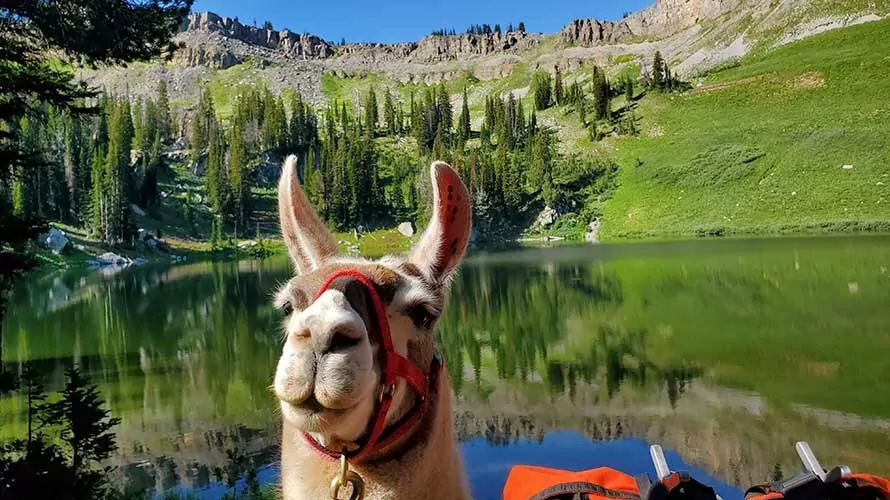
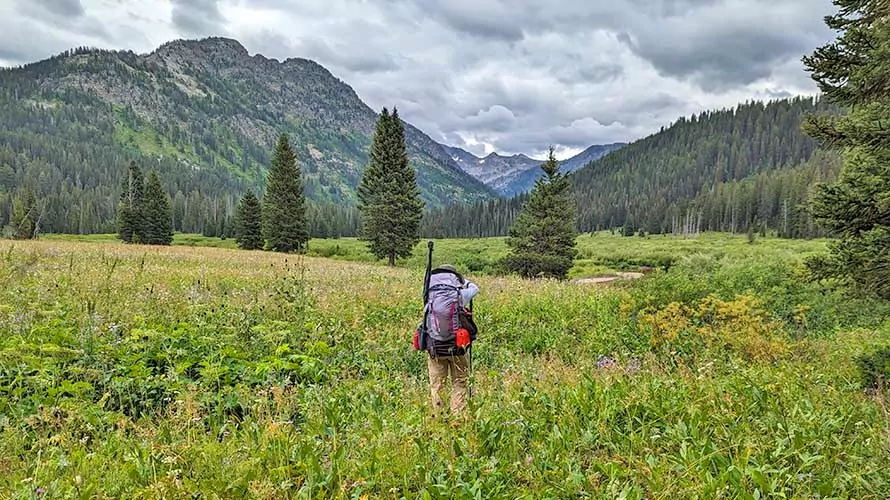
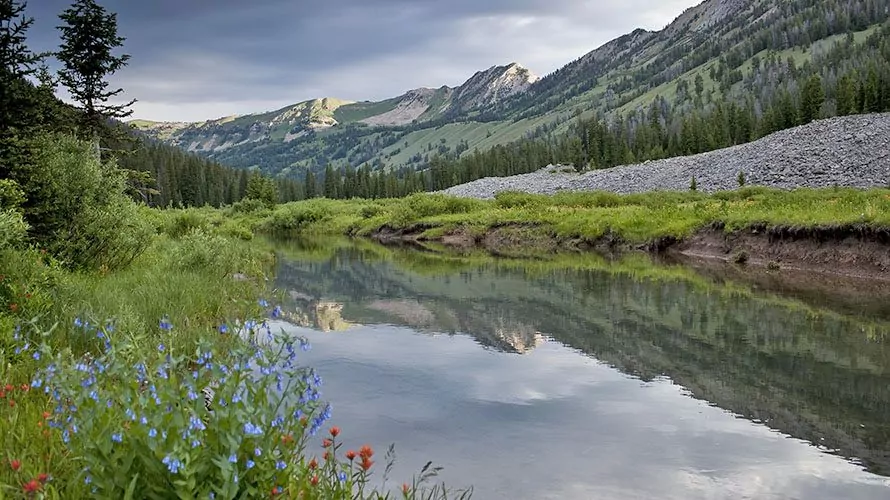
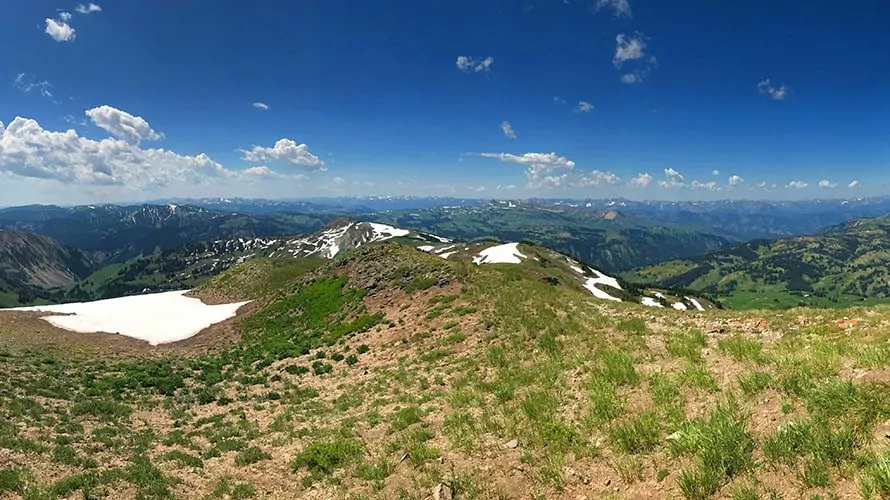
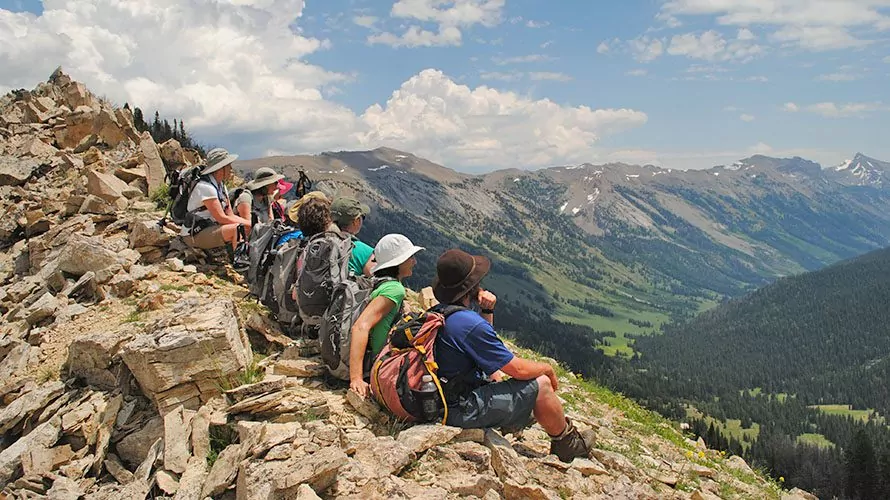

 Backpacking is a truly spectacular way to make the most of a vacation. It allows people to unplug completely from all the devices that surround them in normal life, and to immerse themselves in pristine, natural landscapes. It allows a deep journey into the wilderness of some of America’s most stunning natural areas like those listed above. However, a backpacking trip is not the only way to enjoy a hiking vacation, and in fact for some people it’s not the right hiking tour to choose. There are also trips that can be portered or the supplies carried by stock (horses, donkeys, mules or llamas), camping-based trips that are vehicle-accessible, and hotel-based or lodge-based trips. The latter options allow fantastic day hiking opportunities which can offer an incredible level of diversity to the hiking experiences that a backpacking trip may not allow.
Backpacking is a truly spectacular way to make the most of a vacation. It allows people to unplug completely from all the devices that surround them in normal life, and to immerse themselves in pristine, natural landscapes. It allows a deep journey into the wilderness of some of America’s most stunning natural areas like those listed above. However, a backpacking trip is not the only way to enjoy a hiking vacation, and in fact for some people it’s not the right hiking tour to choose. There are also trips that can be portered or the supplies carried by stock (horses, donkeys, mules or llamas), camping-based trips that are vehicle-accessible, and hotel-based or lodge-based trips. The latter options allow fantastic day hiking opportunities which can offer an incredible level of diversity to the hiking experiences that a backpacking trip may not allow.